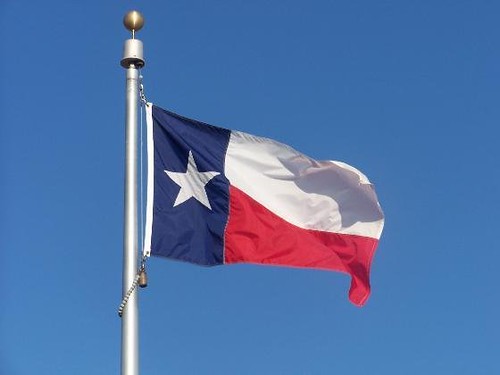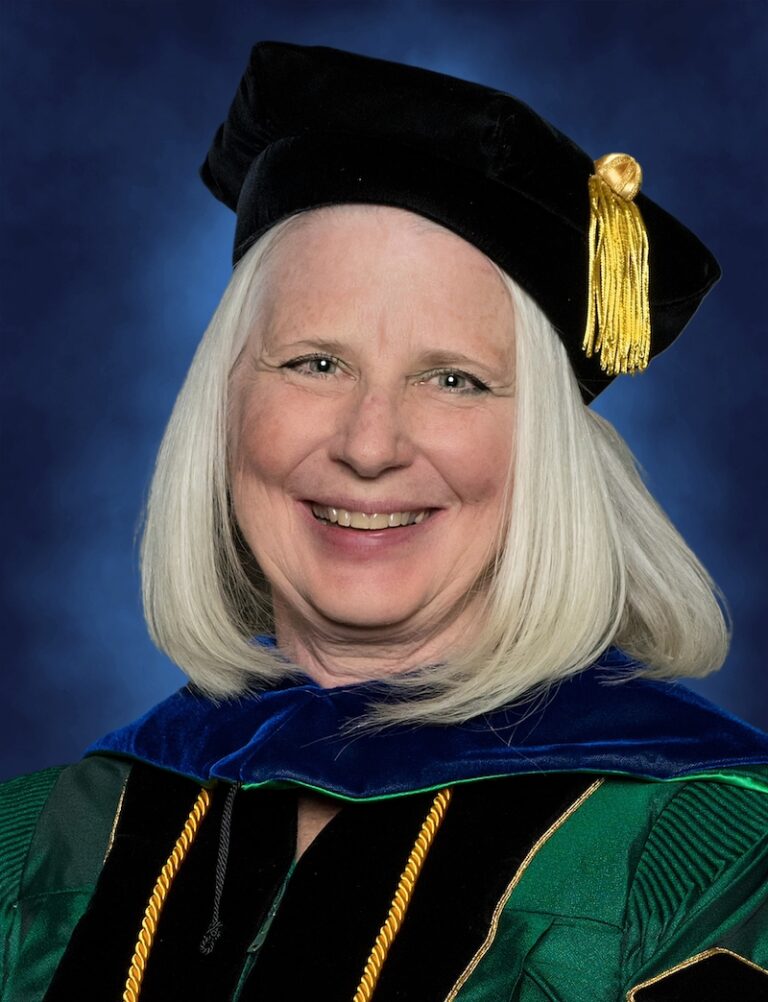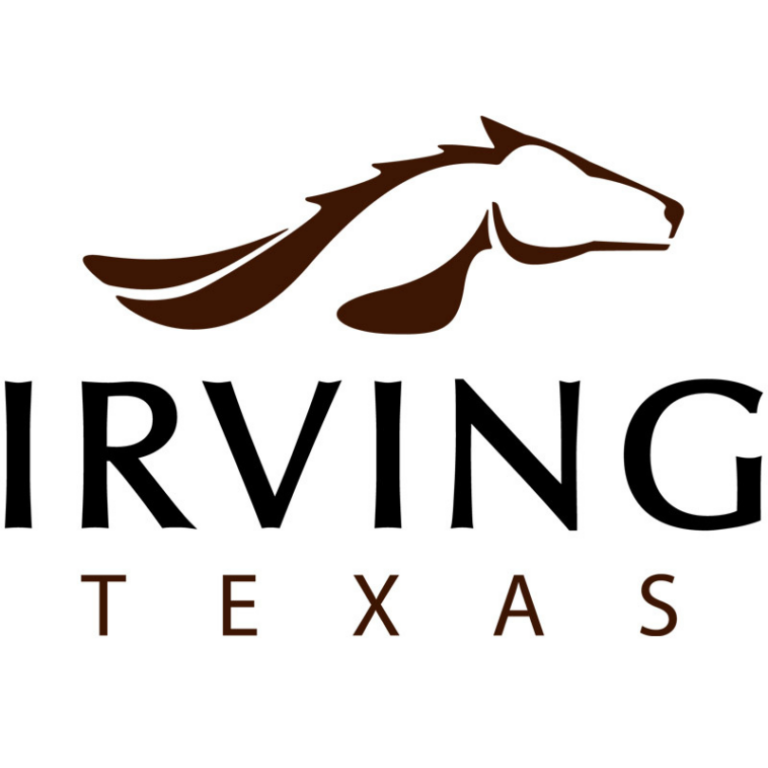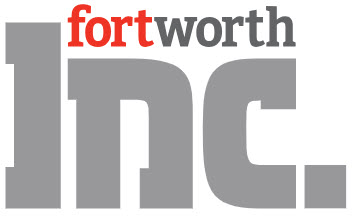From North Texas Healthy Communities: the Culled Produce Recovery Project, emphasizing food insecurity in Dallas-Fort Worth and beyond
Food waste, overtaxed landfills, and food insecurity are complex issues. Solutions come with vision, partnership, and passion. The Produce Recovery Project is one solution, designed to keep viable produce out of the landfills and into the hands of urban farmers and local families.
Piloted in 2020 by North Texas Healthy Community, the project brings together G.E. Foodland Inc., a locally owned grocery chain; Compost Carpool, a company dedicated to transporting compostable materials; and small urban farms, such as Opal’s Farm and Mind Your Garden. Unsold produce is first culled at two Foodland Markets and one Elrod’s Cost Plus Supermarket location. Compost Carpool conducts weekly pickups, transporting produce that is beyond its prime to area urban farms. These farms serve an important role in providing fresh, local produce to the community. The donated organic matter helps creates rich compost while reducing the need to purchase soil from outside sources.
Viable produce is distributed to a fresh produce pantry at a nearby school or city community center. The result is a sustainable, full-circle food ecosystem that reduces waste, supports urban agriculture, and increases access to fresh produce in under-resourced communities.
Why We Do It
Every day, fruits and vegetables are pulled from the shelves of grocery stores and thrown into the trash. Some are rotated out for fresher stock, while other items might be overripe or damaged. As a result, thousands of pounds of food waste fill local landfills, many of which are nearing critical capacity. Meanwhile, thousands of residents across the Dallas-Fort Worth metroplex continue to lack access to fresh, healthy, affordable fruits and vegetables. The Culled Produce Recovery Project turns produce waste into something fruitful.
How You Can Make a Difference
An investment of $15,000 can support the existing Culled Produce Recovery Project for a full year, diverting hundreds of pounds of viable produce every week from three grocery stores to two urban farms and two community food pantries. The cost to expand the program is greatly dependent upon the location, capacity, and willingness of a future grocery partner.






